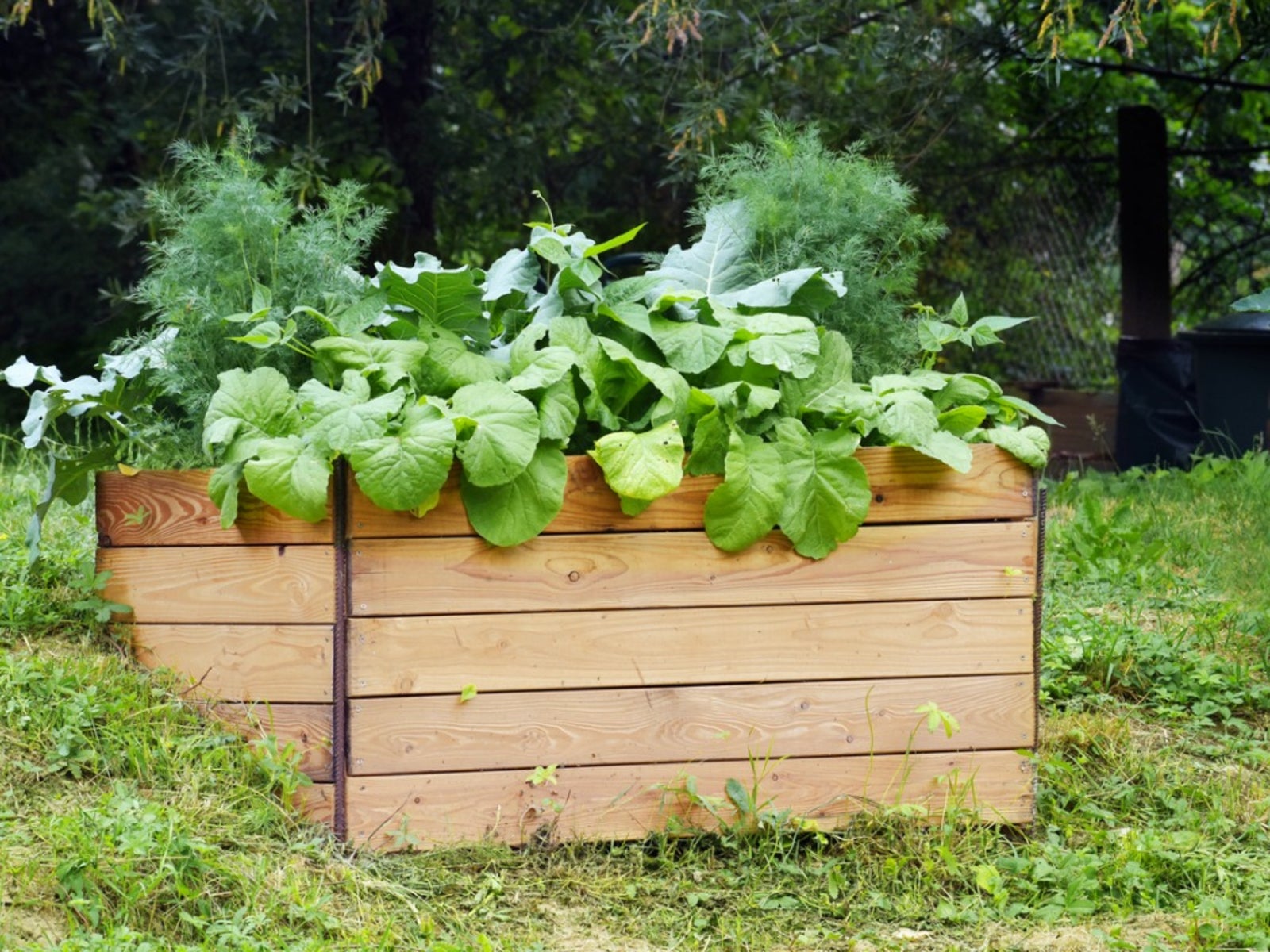Mittleider Garden Method: What Is Mittleider Gardening


Higher yields and less water usage all in a small space? This is the claim by Dr. Jacob Mittleider, a long time California nursery owner, whose prodigious plant skills brought him acclaim and instigated his gardening program. What is Mittleider gardening? The Mittleider garden method is widely used in over 26 countries and is a good all-purpose guide for any gardener.
What is Mittleider Gardening?
It's a race to the finish among green thumbed vegetable gardeners. The horticulturist with the most tomatoes, biggest squash and bushels of beans will be crowned as the king/queen of the season. Most avid gardeners have tricks and tips to increase their garden bounty and grow the biggest, juiciest fruits. One such trick is the Mittleider garden method. His mode of gardening focused on vertical growth, low but focused watering, and high nutrient infusions. Dr. Mittleider ran a nursery that grew wholesale bedding plants in California. He used a combination of growing techniques drawn from traditional soil substrate gardening and hydroponics. The idea was to utilize the nutrient delivery system of hydroponics which flushed food directly to plant roots. He felt this was a more efficient way to feed plants and combined it with a targeted watering program, which used less water but funneled it straight to plant roots for quick uptake. Another of his recommendations was the use of a Mittleider grow box. The box is basically a raised contained bed with the bottom in contact with regular soil. The substrate used to fill the box is soilless, roughly one-third sand and two-thirds sawdust.
The Basics on the Using the Mittleider System
The highlights of Dr. Mittleider's system begin with the idea that crops can be grown in any soil with the proper nutrients introduced and in a closely planted small space. He believed that even a 4-foot Mittleider grow box was sufficient to fulfill much of an individual's produce needs. The substrate can contain several different mediums but is generally a 50-75 percent sawdust or peat moss mixture with 50-25 percent sand, perlite or Styrofoam pellet addition. The first part has good water retention while the lesser part has very little. Seeds are closely sown and vertical gardening assistances are installed to enhance space and encourage upward growth. Pruning becomes crucial for vertical gardening, to encourage shoots to twine upward.
Crucial Nutrients and Water Systems
One of the most important components to the Mittleider system is the nutrient solution. Mittleider found that plants required 16 elements to achieve maximum growth. Of these, three are found in the air: oxygen, carbon and hydrogen. The remainder needed to be injected into the soil. Plants are fed with the nutrients every week rather than traditional methods which only fertilize a few times during the plant's life span. The water system is another important aspect. Directly running lines to slowly water roots daily rather than soaking the area several times a week provides a more economical and beneficial uptake.
Formulating Your Own Mittleider Fertilizer
You can go to the Food for Everyone Foundation and order the packets of micronutrients, which are then mixed with 3 pounds of Epsom Salt and 20 pounds of 16-8-16, 20-10-20 or 16-16-16-16 NPK organic fertilizer. The micronutrients in the packet are calcium, magnesium, sulfur and 7 trace elements. Many organic plant foods carry a balance of these micronutrients, which can be added to the NPK and Epsom salt mixture. Soil tests can help you determine if your medium is deficient in one or more of these micronutrients. Some organic gardeners argue that the micronutrient packet is not organic because it contains synthetic chemicals to simulate the minor nutrient needs.
Sign up for the Gardening Know How newsletter today and receive a free copy of our e-book "How to Grow Delicious Tomatoes".

Bonnie Grant is a professional landscaper with a Certification in Urban Gardening. She has been gardening and writing for 15 years. A former professional chef, she has a passion for edible landscaping.